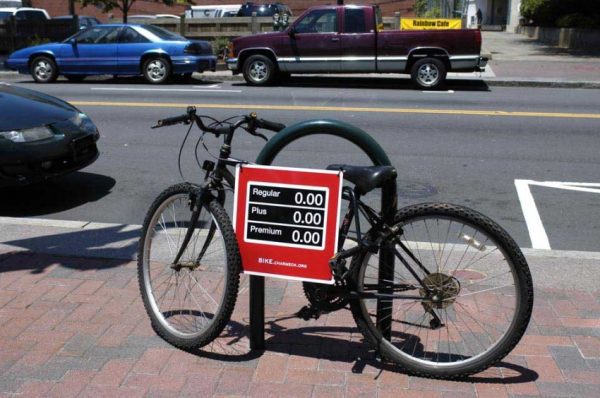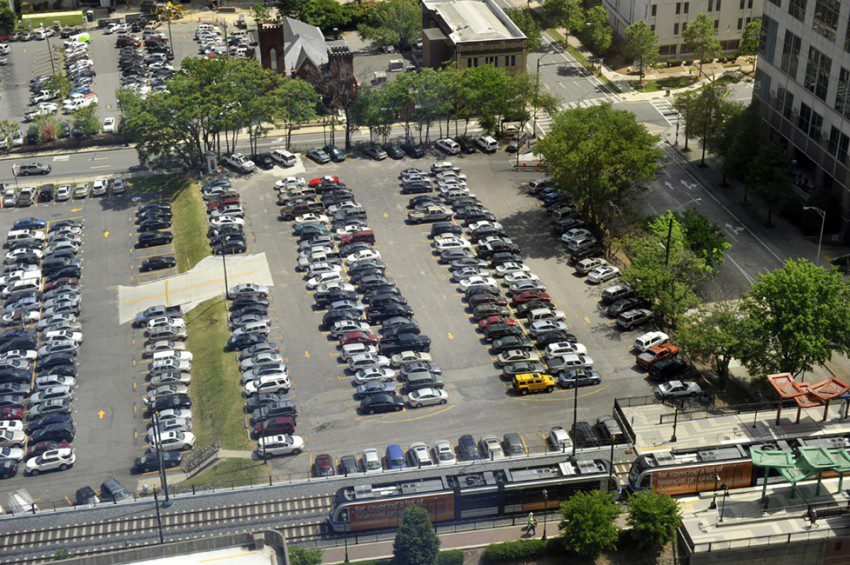Driving alone? Way2Go CLT wants to change that

If you’re like most people in the Charlotte area you drive a lot, and most of that is alone.
Now a new initiative is encouraging people to try to limit those single-person trips by car. Sustain Charlotte, a local nonprofit that focuses on solving the city’s sustainability challenges, has launched an effort until Oct. 31 to try to get people to find a different way to travel for 1 million miles worth of trips.
Although a million miles may sound huge, compared to the number of miles Charlotteans drive daily, it’s a modest goal.
According to the Mecklenburg County 2016 State of the Environment Report, drivers in the county travel 34,916,752 vehicle-miles – a day. A vehicle mile is one vehicle traveling one mile. The percentage of those trips that are one driver, alone, wasn’t available. But according to the city-county Quality of Life Explorer, 82 percent of Mecklenburg workers commute to work by driving alone. Trips to and from work make up approximately 30 percent of household-related vehicle miles traveled, or VMT. (Disclosure: The UNC Charlotte Urban Institute, which publishes PlanCharlotte.org, is a partner in producing the Quality of Life Explorer.)
The Way2Go CLT project, launched March 1, challenges workplaces, neighborhoods and residents or workers in Mecklenburg and nearby counties to travel 1 million fewer miles in trips they usually take alone by auto vehicle. You can log your commute online, register with a network, and keep track of how many miles you travel, and in what form – driving alone, bicycling, carpool, transit, walking, etc. For every 10 trips you log bicycling, walking, riding transit or car/vanpooling, you’ll receive one entry in a drawing for monthly prizes such as gift cards from local businesses. This challenge is for anyone who lives and/or works in Mecklenburg County or any of the surrounding counties, including those in South Carolina.
In addition to helping lessen traffic congestion, reducing the number of auto trips is a public health concern. The top air pollutant in Mecklenburg County is ozone, the top source of ozone-creating emissions are mobile sources; 48 percent of the emissions of ozone-forming oxides of nitrogen come from on-road sources (cars, trucks) and 39 percent from off-road sources (examples: construction machinery, airplanes and gas-powered lawn mowers and leaf blowers). In 2015, the county registered nine days with ozone pollution so bad that residents were warned about letting children play outdoors very long, and the elderly and athletes were cautioned to avoid prolonged or heavy exertion outdoors.
The health concerns from driving go beyond air pollution. According to the State of the Environment report, the biggest negative impact to Mecklenburg County surface waters – rivers, lakes and creeks – comes from runoff from the streets and parking lots needed to accommodate all those vehicle miles being traveled.
The Way2Go CLT project is a partnership of Sustain Charlotte and the N.C. Department of Transportation, the major funder, with help from Kimley-Horn, Integra Architecture and the Charlotte Area Transit System.
To read Frequently Asked Questions, click here.

In addition to air pollution from vehicle emissions, driving requires pavement, such as this parking lot in uptown Charlotte, and runoff from pavement is the top water quality problem in Mecklenburg County creeks. Photo: Nancy Pierce